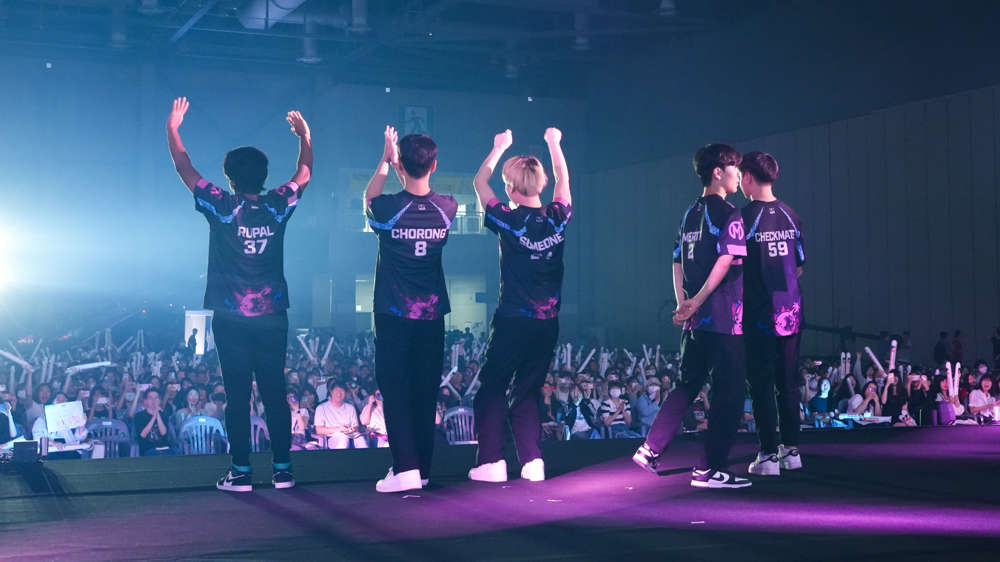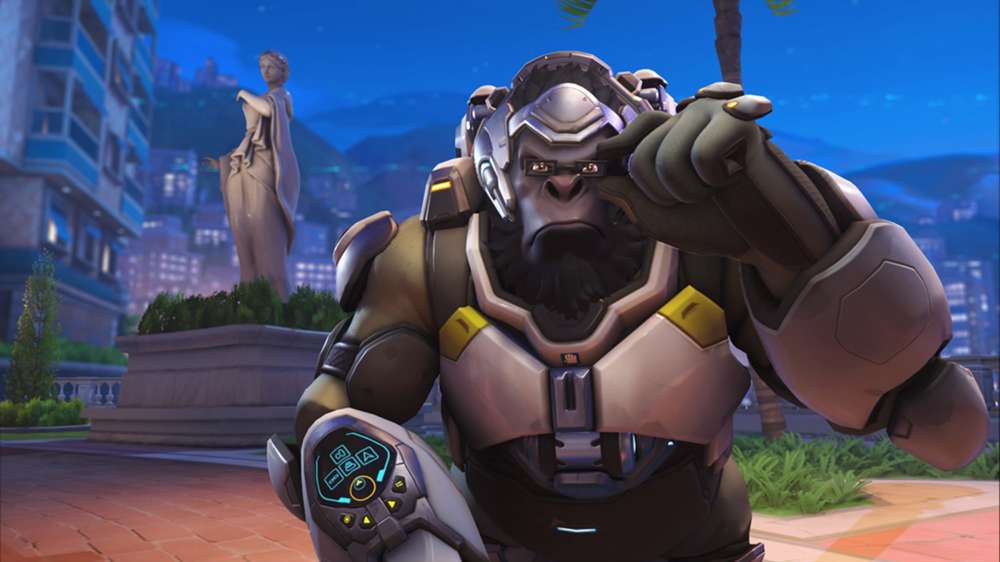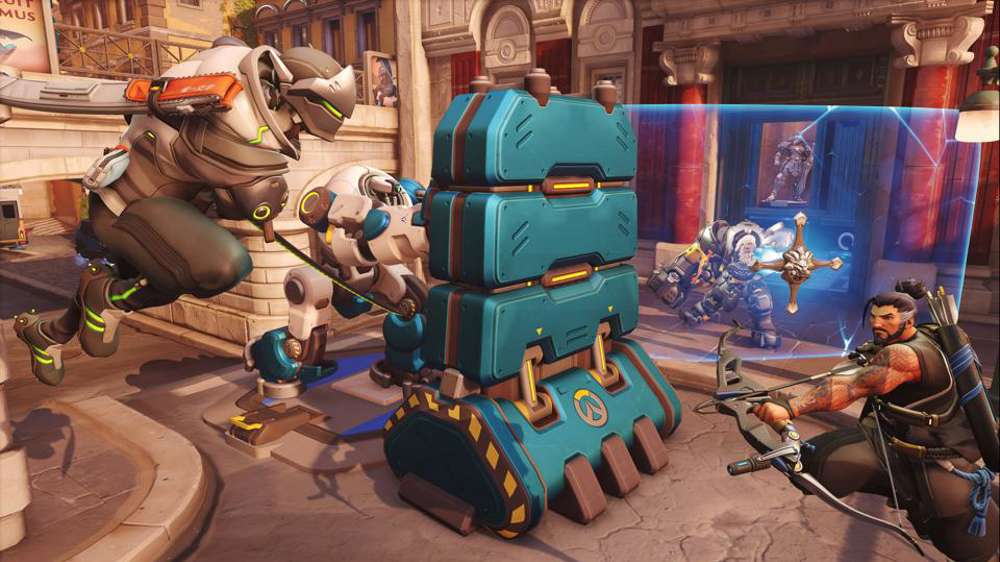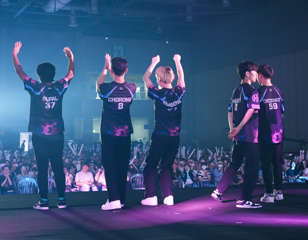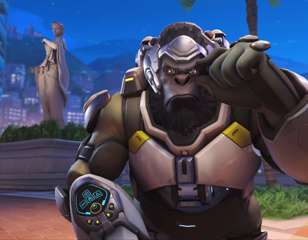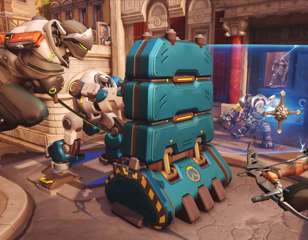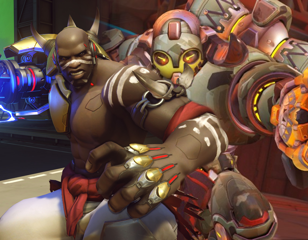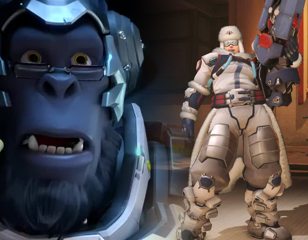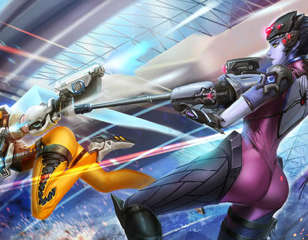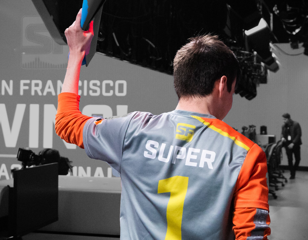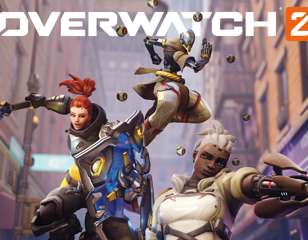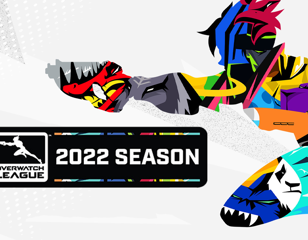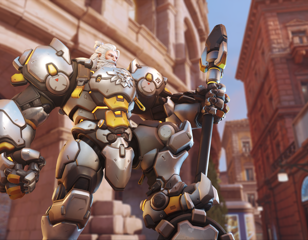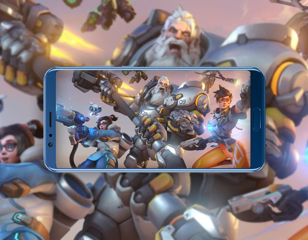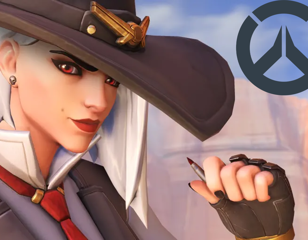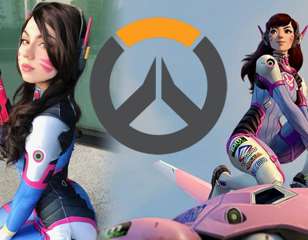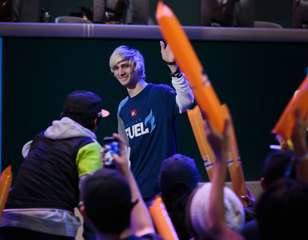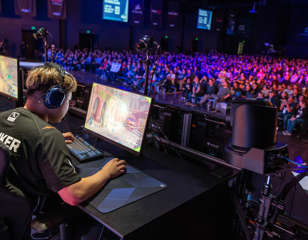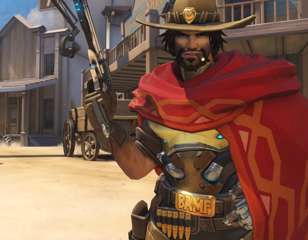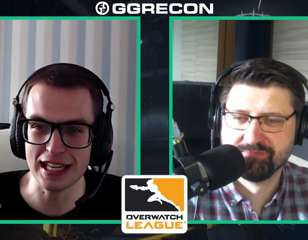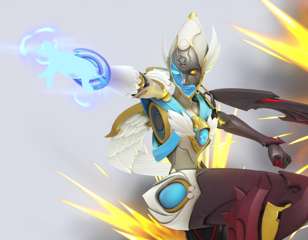Is This What Peak Overwatch Looks Like?
Did the Dallas Fuel just give the purest performance of Overwatch at the May Melee?

Sebastian Romero
13th May 2021 18:30
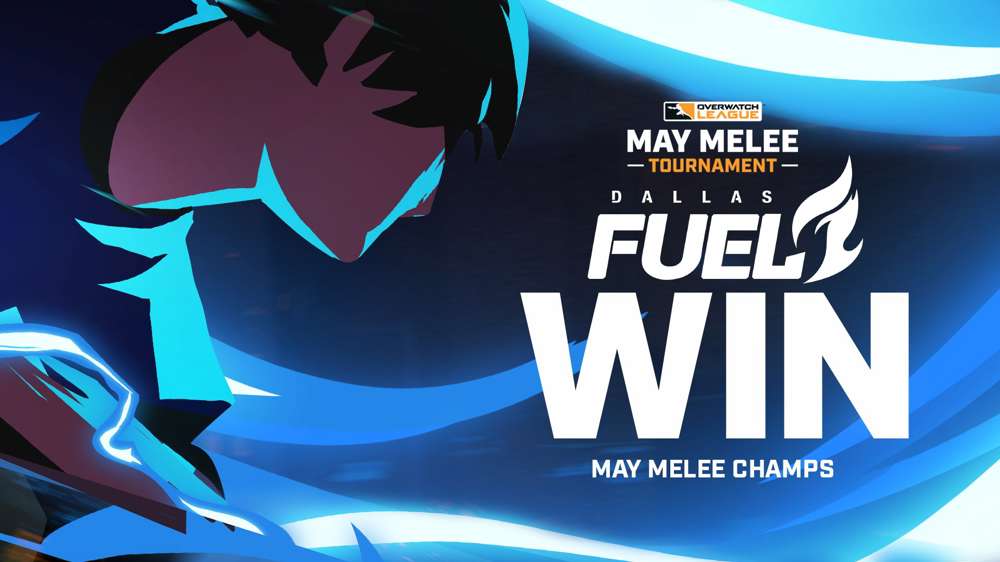
Ever since Overwatch’s inception, and through the years of promotion that followed, its core philosophy has always been communicated as being focused on the flow of hero swapping; that at every level of competition, players could change which hero they were playing in response to what the enemy team was running. That was a concept that was unique to Overwatch; it was a game designed to have you, the player, take the initiative to always counter whatever you’re playing against. Other than Team Fortress 2, no other popular game at the time really gave you the freedom of choice in what you mid played mid-match, let alone with such a relatively large roster of characters.
So, this was the vision for Overwatch, a game that sold itself on the limitless possibilities in composition, but which in practice never really panned out to be the case, at least on the esports side of things. See, instead of seeing this type of versatility at the highest level of competition, for the majority of its lifespan as an esport, Overwatch has struggled to really showcase this push and pull that it initially promised.
Much of competitive Overwatch can be defined through meta eras, where just a singular composition really dominates the gameplay for a certain period of time. There isn’t a huge amount of variation in what could successfully be run, and ultimately a team lived or died by how well they’re able to play a particular composition. In certain eras, you could see a little bit of that ebb and flow, the adaptation to a certain problem a team was facing, whether it be an enemy composition or map. But for the majority of its history, high-level competitive Overwatch was about being the best at a particular composition - and understanding the meta the best.
- Related - The Dallas Fuel Have Finally Caught Fire
Then, we get to the May Melee, the tournament and four week-long stages that seemingly had the most varied amount of hero usage maybe the game has ever seen, since the early days of the competitive scene. Not only were teams utilising heroes in different ways, playing to their players’ strengths and the usefulness of a map’s design, but for the first time, it felt like teams were reacting to the challenges that they were facing and responding accordingly, rather than running into a brick wall over and over again by forcing a mirror match up.
This is a small part as to what made the Dallas Fuel’s victory in the May Melee so memorable because they were the team that not only made the final four weekend in Hawaii, but they also bested every competitor even while playing with a huge disadvantage. Aside from the narrative and novelty of it all, Dallas played the game in a way seemingly no other team had done before and won with a mixture of confidence, trust, and a huge amount of creativity. The only question is, did we see the pinnacle form of Overwatch gameplay from them?
A Brief History
The brief history behind Overwatch’s meta is this:
- Just Frag Out (Game’s Release - Middle 2016) – Mostly Reinhardt/Zarya centred rush compositions with McCree/Reaper/Tracer/Genji and a Zenyatta/Lucio/Mercy backline.
- Beyblade (Middle 2016 – Late 2016) - Nano Boost/Death Blossom/ Speed Boost, spin to win.
- Quad Tank (Late 2016) – Buffs to D.Va and Ana’s position as the strongest support means just running a high health pool lineup.
- Dive Renaissance (Early 2017 - Late 2017) – Nerfs to Ana, buffs to Zenyatta and Winston, make faster and more vertical comps the most viable to play on most map types.
- Moth Meta (Late 2017- Middle 2018) - Massive changes to Mercy's Ressurection and UIltimate means team fights are more than always salvageable after a first pick.
- GOATS (Middle 2018 – Middle 2019) - The introduction of Brigitte introduces a heavy sustain and tanky lineup.
- Double Shield (Middle 2019 – Early 2020) - The introduction of Role Lock and Sigma saw heavy usage of a two shield frontline.
- Hero Pools (Early 2020 - ?) - The Overwatch League introduced Hero Pools in the 2020 season, meaning as long as they're implemented, the meta at the highest level of competition is always going to be varied.
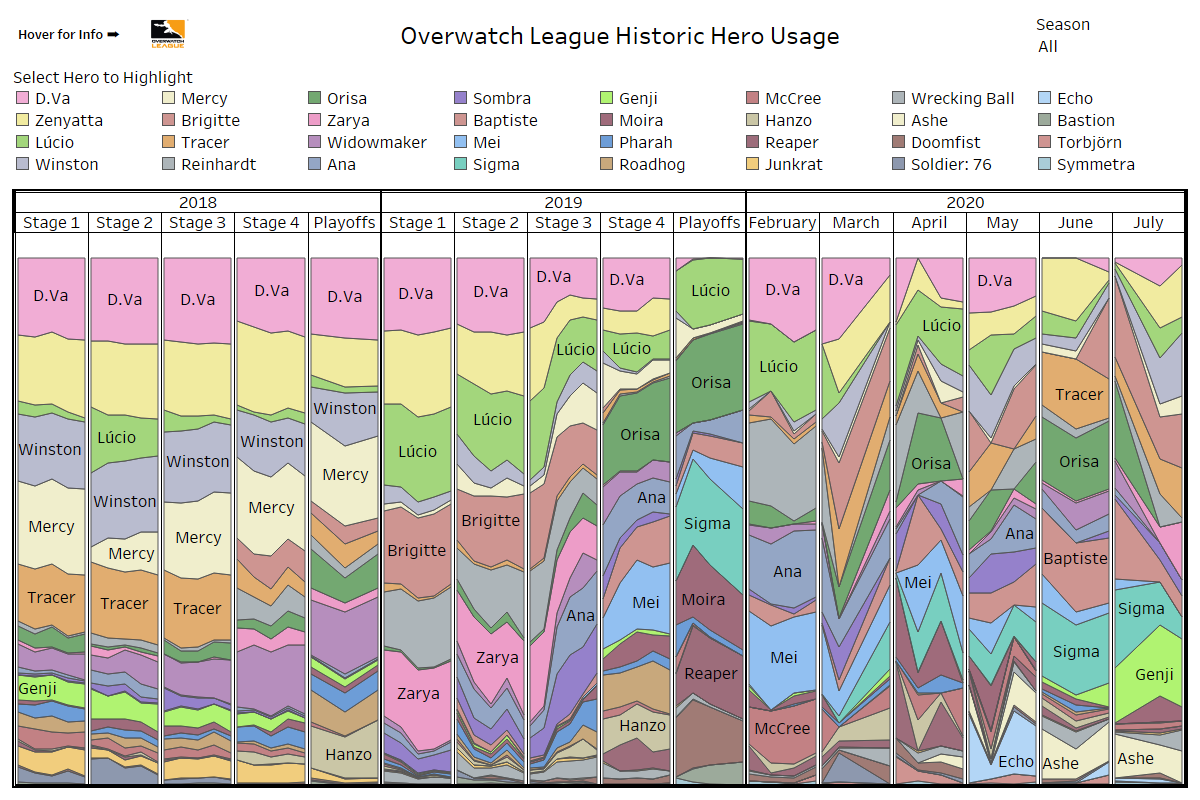
- Related - Melee Of The Main Tanks
Changing The Game
Again, for most of its history, Overwatch has seen the dominance of a specific type of meta and failing to run the same type of composition ultimately resulted in struggling immensely. But this is what made the May Melee, and by extension the Dallas Fuel, so unique because this was a tournament that saw a variety of compositions naturally take shape in response to another type of composition. If a team's Rush was too hard to handle, maybe the usage of Double Bubble gave a team the edge if it suited their strengths more, something like what happened with the Florida Mayhem in their qualifying match against the Atlanta Reign. On Rush, the Mayhem looked lost, but as soon as they could change to a Winston-oriented composition, the game completely flipped on its head.
We saw this type of gameplay all throughout the four weeks; you had to be able to answer the different questions being posed to you as a team; playing one style or being good at one composition was simply not going to cut it this time around. It's this fact that made Dallas' win in Hawaii all the more impressive because they seemingly had a huge gap in their roster that should've prevented them from being able to take the wins when it counted, against teams who could seemingly run a variety of looks. But through their own brilliance and creativity, Dallas showcased that they didn't need to follow what other teams were doing and simply ran what worked for them and banked on their team play to get them through the tournament.
Sometimes that meant running a Symmerta-centered Rush but turning the aggression up to an eleven so that teams wouldn't have the proper amount of time to respond to the oppressive style of gameplay. In their match against Shanghai, they used their lack of a hitscan player to completely throw the Shanghai Dragon's game plan off to the side. Because Dallas simply couldn't run a McCree or Ashe, two heroes with large amounts of playtime in the qualifying matches, Shanghai believed they had the upper hand by being able to run an uncontested Echo or Pharah, to punish the Fuel's lack of depth.
Through some serious creativity, Yeong-han "SP9RK1E" Kim realised that all he needed to do was play a hero that would pressure the Pharah or Echo; he didn't necessarily have to completely pound in the match up. So, in the grand finals, Sp9rkle pulled out the Soldier: 76, one of the least played hitscan heroes in all of Overwatch's history, and proceeded to actually fend off Byung-sun "Fleta" Kim, through a mixture of tracking and mobility.
Dallas' win at the May Melee marks the first time in a long time that a team was able to secure a victory by still being able to utilise forgotten and non-meta heroes. Something similar to OG's Sébastien "Ceb" Debs Axe pick at the TI8 Grand Finals, Sp9rkle's Soldier: 76 will ring true as a shining example as one of the few times Overwatch truly lived up to its potential and showcased that sometimes meta isn't everything, and that the true beauty of the games comes from the opportunities you create from it.
Images via Blizzard Entertainment

About The Author
Sebastian Romero
Sebastian is an avid esports fanatic, a freelance journalist for GGRecon, and holds a huge passion for the Overwatch and Dota 2 scenes.
